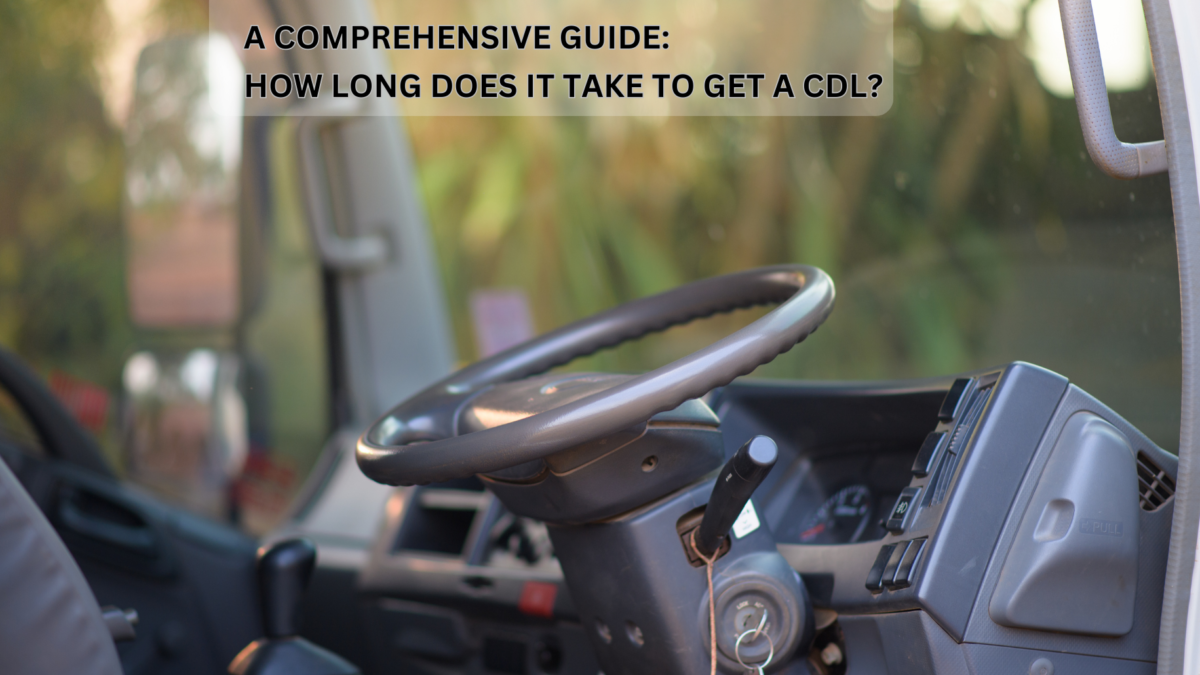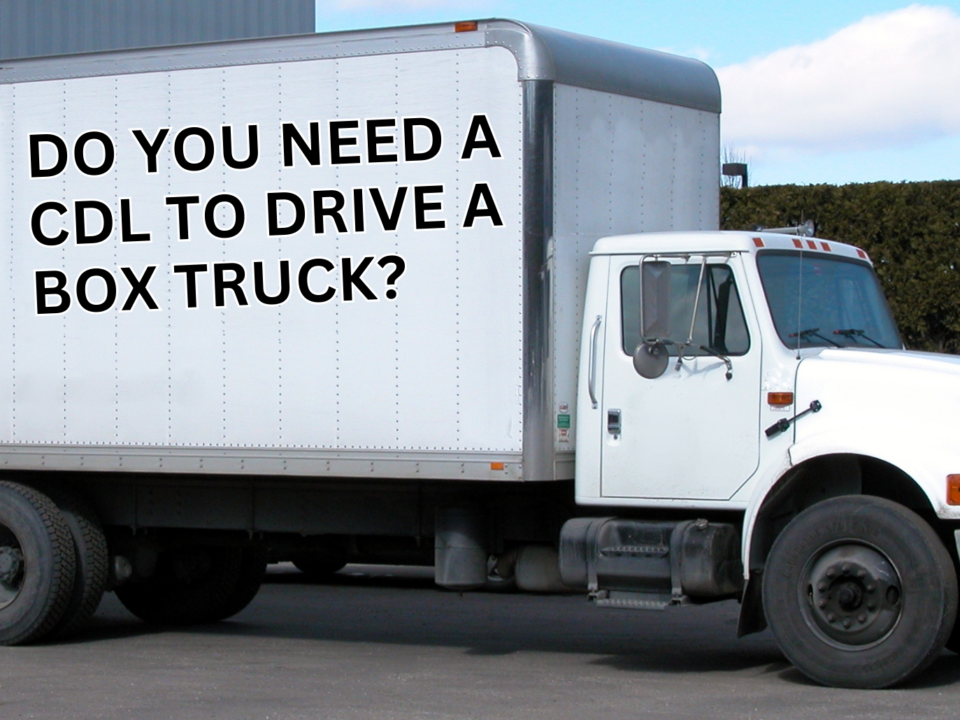A Comprehensive Guide: How Long Does It Take to Get a CDL?

Understanding Hours of Service: How Many Hours Can a Truck Driver Drive?
May 25, 2023
The Importance of Cargo Protection System in Transportation
June 21, 2023Obtaining a Commercial Driver’s License (CDL) is a significant step towards pursuing a career in the transportation industry. Whether you aspire to become a professional truck driver or operate heavy machinery, understanding the time commitment involved is essential. In this comprehensive guide, we will explore the various factors that influence the duration of acquiring a CDL, including training requirements, licensing procedures, and individual circumstances. By the end, you’ll have a clear understanding of the timeline involved to get a CDL and be better prepared for your journey into the world of commercial driving.
-
Understanding CDL Requirements:
Before delving into the time it takes to acquire a CDL, it’s crucial to comprehend the basic requirements. CDL requirements vary from state to state, but there are some common prerequisites. Generally, applicants must be at least 18 or 21 years old, possess a valid driver’s license, and have a clean driving record. Additionally, they must pass a written knowledge test and a skills test, which includes a pre-trip inspection, basic vehicle control, and an on-road driving examination. These requirements lay the foundation for the training and testing process.
-
CDL Training Programs:
One of the significant factors that determine the duration of acquiring a CDL is the type of training program chosen. There are various options available, including private truck driving schools, community colleges, and company-sponsored programs. The length of these programs can range from a few weeks to several months, depending on the intensity and structure of the training. Shorter programs typically provide condensed training, focusing primarily on the essentials required to pass the CDL exams. On the other hand, longer programs often offer comprehensive training, covering additional skills and knowledge to make students more marketable in the job market.
When researching CDL training programs, it’s essential to consider the curriculum, the number of hours dedicated to classroom instruction and hands-on training, and the reputation of the institution. Some programs offer flexible schedules, allowing students to attend classes part-time while others provide intensive, full-time training. Choosing the program that aligns with your goals, learning style, and availability is crucial in determining the length of your training.
-
State Licensing Procedures:
The time it takes to obtain a CDL is also influenced by the specific procedures and processing times of each state’s Department of Motor Vehicles (DMV) or equivalent authority. After completing the necessary training, aspiring commercial drivers must submit their application and required documentation to the appropriate licensing authority. This typically includes proof of identity, residency, and medical fitness. The processing time can vary, ranging from a few days to several weeks, depending on the workload and efficiency of the licensing agency. It’s advisable to check with your local DMV or licensing authority to get an accurate estimate of their processing times.
In some cases, states may require additional endorsements for specialized driving, such as hazardous materials (Hazmat) or passenger transportation. These endorsements may involve additional tests, background checks, and fingerprinting, which can further extend the time required to obtain a CDL.
-
Individual Circumstances:
Another aspect that affects the time required to obtain a CDL is the individual’s circumstances. Factors such as prior driving experience, aptitude for learning, and availability for training can significantly influence the duration. If an individual already has experience operating commercial vehicles or possesses transferable skills, they may require less training time. Conversely, someone starting from scratch might need to dedicate more time to learning the fundamentals of commercial driving. Additionally, individuals with flexible schedules and the ability to commit to full-time training programs can progress more quickly than those with other obligations or part-time availability.
Furthermore, some training programs offer additional services, such as job placement assistance or apprenticeship opportunities. Taking advantage of these resources can expedite the process of obtaining a CDL and transitioning into a professional driving career.
Conclusion:
In summary, the time it takes to acquire a CDL depends on various factors, including training program length, state licensing procedures, and individual circumstances. On average, the process can range from a few weeks to several months. By understanding these factors and conducting thorough research, aspiring commercial drivers can plan their journey effectively and embark on a successful career in the transportation industry. Remember to prioritize quality training, comply with state requirements, and leverage available resources to enhance your prospects in the competitive job market.


